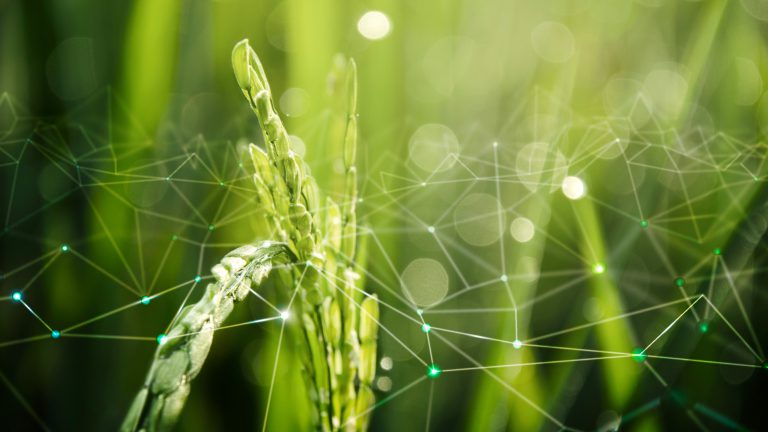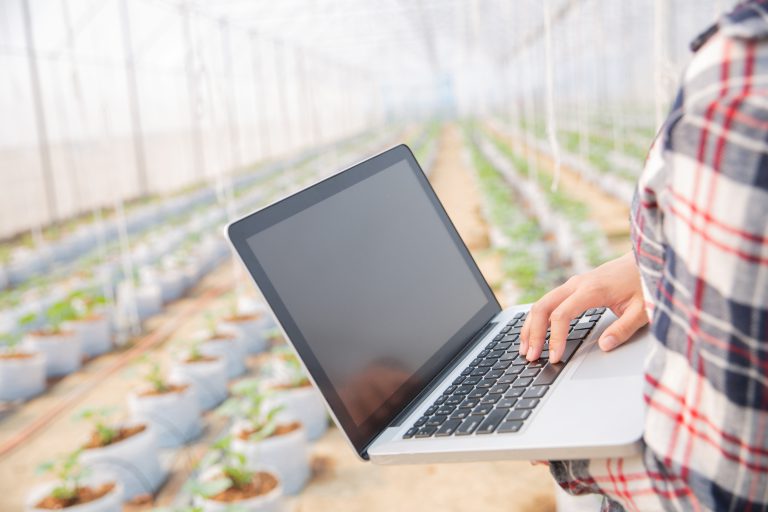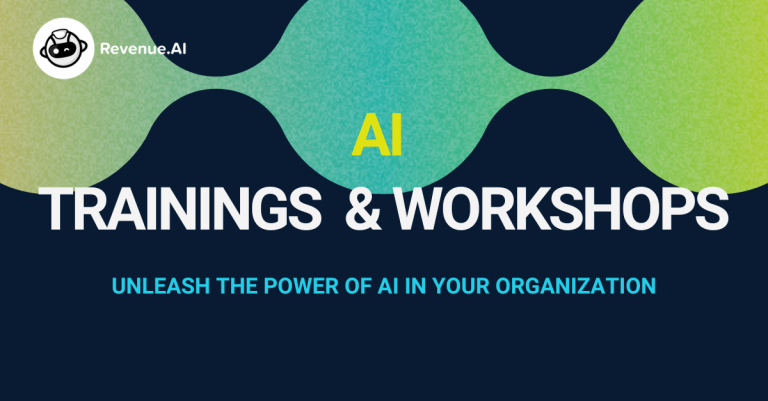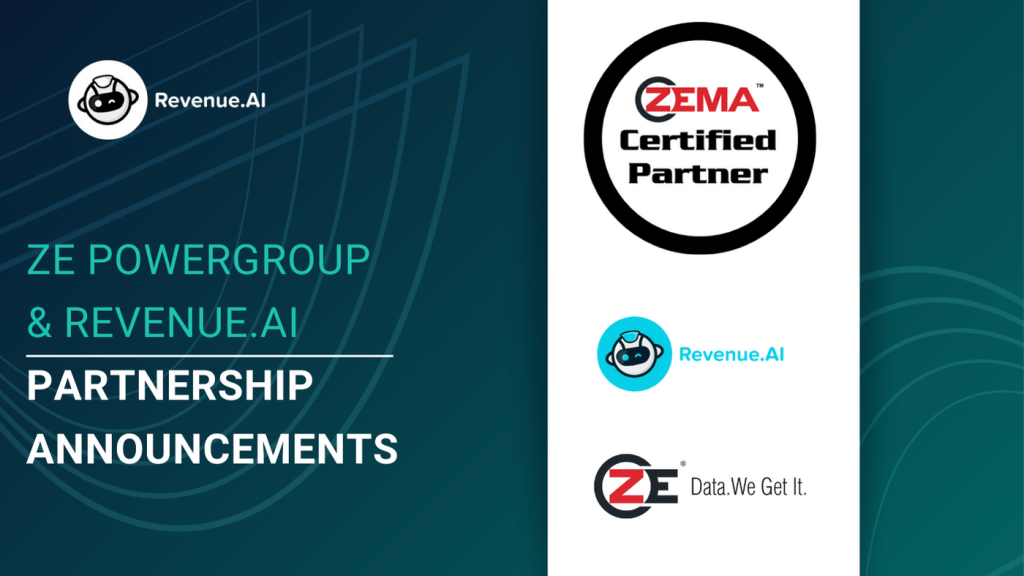
AI Meets Agriculture: How to Streamline Trading with AI
Understanding AI's Impact on Agriculture Commodity Trading
According to Global Market Insights, AI in the agriculture market was valued at USD 1.7 billion in 2022 and is anticipated to demonstrate a CAGR of over 20% between 2023 and 2032. While AI can be used vastly in agriculture, such as using robots in agriculture, in this article, we’ll focus mostly on AI’s impact from the analytics-based software perspective.
Why? Well, in recent years, the agricultural industry has witnessed the rise of AI-driven technologies in commodity trading, and these advanced systems are transforming the way agricultural markets operate.

One of the key advantages of AI in agriculture commodity trading is its ability to process vast amounts of data quickly. Traditional traders often struggle to keep up with market fluctuations due to the sheer volume and complexity of information available.
On the contrary, AI-powered platforms can swiftly analyze historical data, weather patterns, crop yields, global supply and demand dynamics, and other relevant factors that impact agricultural markets.
What is even more interesting is that technology has enabled real-time monitoring and analysis of agriculture-related news and events that affect commodity prices. AI algorithms scan news articles, social media feeds, government reports, weather forecasts, and other sources to identify any information that may impact agricultural markets.
This allows traders to stay updated with relevant developments promptly, and to unify all information in a one-stop shop without needing to do or look for things manually. If this type of data unification is something interesting to you, this would be a good read for you, here.
AI also enhances risk management capabilities in agriculture commodity trading. By analyzing historical pricing patterns and incorporating risk factors such as weather conditions or geopolitical events into their models, these systems can provide insights into potential risks associated with specific trades or portfolios.
Before we dive into more practical examples, let’s deep dive into applications of AI in agriculture commodity trading.
How is AI used in Agriculture?
Large Language Models & Agriculture
Agriculture commodity trading involves the buying and selling of various agricultural products such as grains, livestock, and dairy. As previously already mentioned, traditionally, traders relied on manual analysis and expert opinions to make informed decisions.
However, with the emergence of AI-powered tools, traders now have access to predictive analytics that can assist them in making more accurate and profitable trades. Large language models can analyze historical data, market reports, weather patterns, and other relevant information to identify patterns and trends that may impact commodity prices.
By leveraging this technology, traders can gain a deeper understanding of market dynamics and make well-informed decisions regarding when to buy or sell commodities.
Furthermore, these models can also assist in risk management by providing real-time updates on market conditions. Traders can receive intelligent alerts about potential price fluctuations or supply chain disruptions that could impact their trading strategies. Here are 3 reasons to start using pricing alerts today.
The integration of large language models in agriculture commodity trading has the potential to revolutionize the industry by improving efficiency and profitability while reducing risks.
By harnessing the power of AI technology and predictive analytics, traders are able to stay ahead of market trends and make data-driven decisions that lead to better outcomes in their trading activities.
In addition to large language models, building powerful visualizations to show the work of large language models is indispensable as well. To learn how can you too, take this up a notch, read how we build powerful, interactive data apps with Plotly.
Using Intelligent Assistants in Agri Commodity Trading
In agriculture commodity trading, intelligent chatbots can offer several applications and benefits:
- Crop Pricing and Market Information: Chatbots can provide real-time updates on commodity prices for various agricultural products, enabling traders to make informed decisions on buying and selling crops at the most favorable prices.
- Weather-Driven Trading Insights: Agriculture commodities are highly influenced by weather conditions. Intelligent chatbots can analyze weather forecasts and their potential impacts on crop production, helping traders anticipate price fluctuations and adjust their trading strategies accordingly.
- Supply and Demand Analysis: Chatbots can monitor and analyze supply and demand trends for agricultural commodities, helping traders understand market dynamics and identify potential market imbalances.
- Logistics and Transportation Optimization: Intelligent chatbots can assist with logistics and transportation planning, optimizing the movement of agricultural commodities from farms to markets or processing facilities, thus reducing costs and improving efficiency.
- Compliance and Regulatory Information: Agriculture commodity trading involves adherence to various regulations and standards. Chatbots can keep traders updated on relevant compliance requirements to ensure legal and ethical trading practices.
- Seasonal Trading Strategies: For seasonal crops, chatbots can provide insights into historical price patterns and seasonal demand fluctuations, enabling traders to develop trading strategies that capitalize on these trends.
- Risk Management and Hedging: Intelligent chatbots can assist traders in managing risks associated with agricultural commodity price volatility. They can suggest hedging strategies and risk mitigation techniques to protect against adverse price movements.
- Contract Management: Chatbots can facilitate contract management for agricultural commodity trading by automating contract creation, tracking contract expiration dates, and providing reminders for contract renewals.
- Trade Settlement and Documentation: Chatbots can automate trade settlement processes, ensuring timely and accurate transaction settlements, and generating necessary trade documentation.
- Market Insights: Traders in agriculture commodity markets can rely on chatbots for providing personalized market insights to optimize trading decisions.
If this has piqued your interest, exploring our chatbot for commodity trading industry, or as we like to call it, intelligent assistant Zeta, would be interesting for you.
Overall, intelligent chatbots tailored for agriculture commodity trading streamline operations, provide valuable market insights, optimize trading strategies, and enhance risk management practices.
By leveraging AI and natural language processing, these chatbots empower traders with valuable insights and timely information, allowing them to stay ahead in the competitive commodity trading landscape.
As technology continues to advance further in this field, we can expect even greater integration between artificial intelligence and agricultural markets, leading to more streamlined and profitable trading practices.

The Role of Machine Learning in Agriculture Commodity Trading
Machine learning algorithms and predictive analytics have increasingly become essential tools in the world of agriculture commodity trading. These technologies have revolutionized the way traders make decisions by providing accurate forecasts and automated decision-making models.
With machine learning algorithms, traders can analyze vast amounts of historical data related to crop yields, weather patterns, market trends, and other relevant factors. This allows them to identify patterns and correlations that would otherwise be difficult to detect manually.
Manual work can be draining and cost-inefficient. Did you know that you can reduce time by 80% spent on manual tasks and reduce operational costs by 50% with Zeta pricing platform? How? Check out the details via the button below.
If increasing operational efficiency sounds like one of your current or future goals, read how cognitive AI can help increase it, here.
Predictive analytics takes this a step further by using statistical modeling techniques to forecast future market conditions. By analyzing current data in combination with historical trends, predictive analytics can provide valuable information on potential price fluctuations and supply-demand imbalances. This helps traders anticipate market movements and adjust their strategies accordingly.
Automated decision-making models are another application of machine learning algorithms in agriculture commodity trading. These models use predefined rules and algorithms to automatically execute trades based on specific conditions or thresholds. This eliminates the need for manual intervention and allows for quicker response times in fast-paced trading environments.
The Benefits of Using AI in Agriculture Commodity Trading
If we reflect on everything said, in a nutshell, below are some of the benefits of using AI in agriculture commodity trading:
- Improved decision-making: Utilizing advanced algorithms and data analytics to make more accurate predictions and optimize trading strategies.
- Increased efficiency: Automating manual processes such as data analysis, market monitoring, and trade execution to save time and reduce costs.
- Risk management: Identifying potential risks and vulnerabilities in the market through real-time monitoring and predictive modeling.
- Better market insights: Leveraging big data analysis to gain deeper insights into market trends, supply-demand dynamics, and price fluctuations.
- Faster transactions: Streamlining the trading process by using AI-powered algorithms for quick trade execution and settlement.
Last, but not the least, we are very curious about one thing. Are you ready to embrace AI? You can quickly start by exploring our AI training options (spoiler alert, there are FREE options as well!). So go ahead and explore our training services page, and claim your spot right away:

Embracing the Power of AI for Smarter Agriculture Commodity Trading
In conclusion, embracing the power of AI in agriculture commodity trading can revolutionize the industry. By leveraging advanced technologies such as machine learning and predictive analytics, traders can make more informed decisions and mitigate risks.
AI has the potential to analyze vast amounts of data in real-time, providing valuable insights into market trends, weather patterns, and supply-demand dynamics. This enables traders to identify profitable opportunities and optimize their trading strategies.
Furthermore, AI-powered algorithms can automate routine tasks such as data collection and analysis, freeing up traders’ time to focus on strategic decision-making. This not only increases efficiency but also reduces human error.
However, it is important to note that while AI can enhance decision-making processes, human expertise and intuition remain crucial in commodity trading. The combination of AI technology with human judgment can lead to better outcomes and improved profitability.
As the agricultural sector continues to face challenges such as climate change and fluctuating market conditions, embracing AI for smarter commodity trading becomes increasingly important. By harnessing the power of AI, traders can gain a competitive edge and drive sustainable growth in this dynamic industry.
Curious about the use cases we already built for agriculture? Discover how our cutting-edge AI solutions are revolutionizing commodity trading in the agricultural industry by contacting us today!






